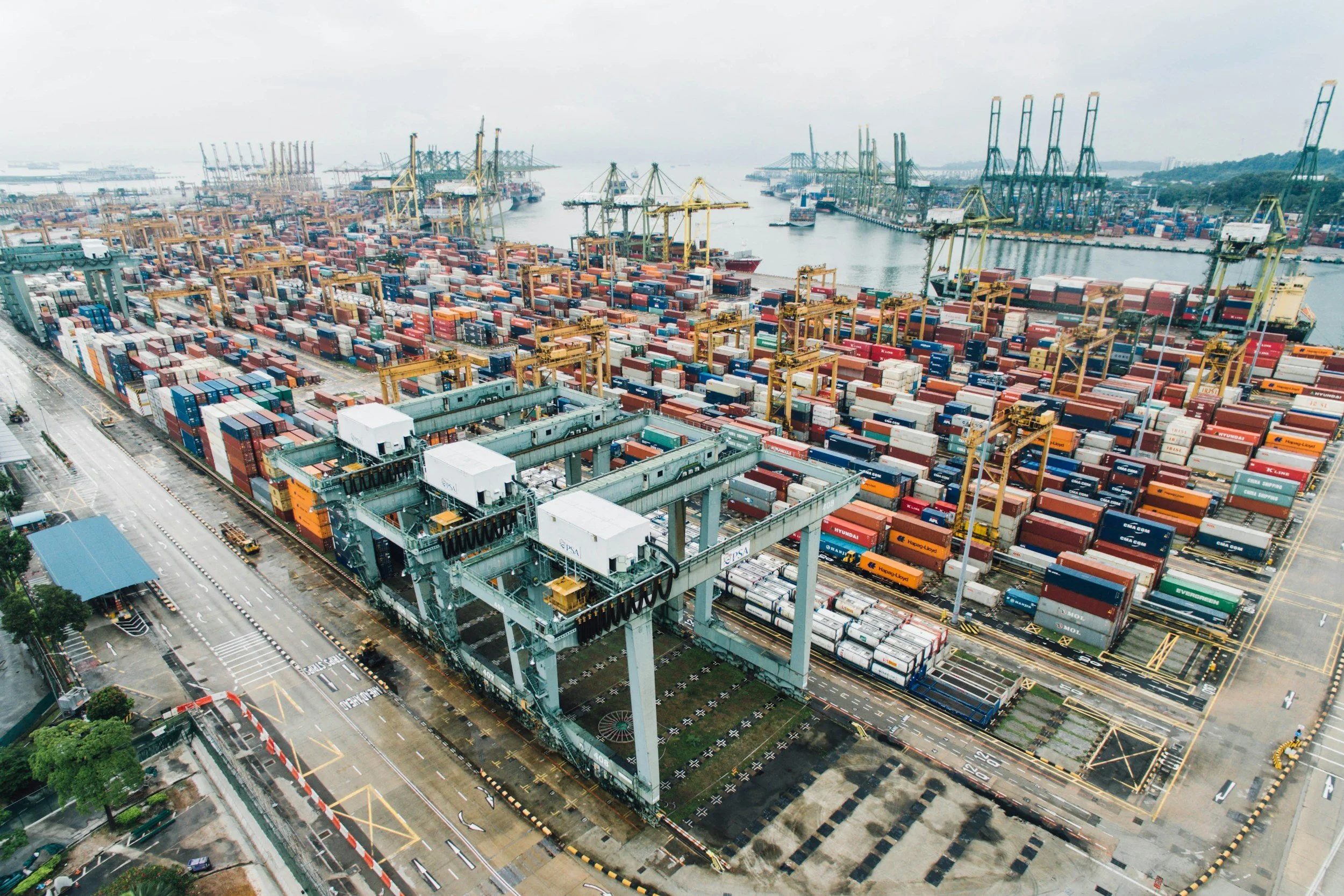Are we on course to reach 2030 maritime decarbonisation goals?
The year is drawing to a close, leaving us nearly halfway through the decade to 2030, when international and EU shipping decarbonisation targets will need to be met. But, with the clock ticking, are we on course to get the green fuel supply needed for shipping to decarbonise?
The shipping industry has historically lagged on decarbonisation – but with 2025 just around the corner, is it making the strides it needs to reach its targets? The shipping sector has a range of decarbonisation solutions at its disposal – from tweaks to improve efficiency to radical new vessel designs utilising battery and hydrogen-electric technologies. Between these two ends of the spectrum, however, lies what will ultimately drive the vast majority of decarbonisation in the coming decades: alternative fuels.
Shipping’s climate targets
To start with the sector’s targets, the International Maritime Organization (IMO)’s upcoming target is for at least 5% of ships’ fuel mix to consist of zero-emission (or near zero-emission) fuels by 2030. But the industry is not on track to meet this goal, according to a new report from the UCL Energy Institute, UN Climate Change High-Level Champions, UMAS, the Global Maritime Forum, and the Getting to Zero Coalition. Neither zero-emission fuel production nor the order book of zero-emission fuel capable vessels are making the progress needed to reach this goal, the research found.
Adding more gloom to proceedings, the report highlighted the importance of this target for achieving net zero maritime by 2050. If the critical mass of infrastructure, supply chains and technology aren't in place to support a maturing zero-emission fuel market, then we may not see the necessary growth to fuel the sector to 2050 and beyond.
Zooming in on the EU, the FuelEU Maritime regulation seeks to incentivise the use of low-carbon fuels and technologies by necessitating that the greenhouse gas (GHG) intensity of fuels used reduces by 80% by 2050 – starting with a 2% decrease by 2025.
Alternative maritime fuels: green hydrogen, biofuels or LNG?
The best way to decarbonise shipping in line with these goals is through green hydrogen solutions. These include e-fuels like e-methanol and e-ammonia, as well as green hydrogen used directly as a fuel. They offer the greatest emissions reduction potential, yet fuel production and vessels capable of using these fuels are far behind the necessary levels to support the sector’s decarbonisation.
But these fuels are not receiving the support they need to adequately drive EU targets. Transport & Environment recently published the e-fuels observatory for shipping. It found that, collectively, all 17 dedicated maritime e-fuel projects currently under development in Europe had a production capacity equivalent to 3.76% of EU shipping's total energy demand – exceeding the FuelEU Maritime targets. However, no shipping-dedicated e-fuel project is yet operational, and fuel producers are citing a lack of buyer certainty and investment security as major obstacles to scaling production. This lack of project certainty is a core barrier to meeting not just EU targets but also those set by the IMO.
What’s at stake if we can’t get e-fuels up and running to fulfil global and regional targets? Alternative fuels are not made equally and do not all have the same emission reduction potential. This decade, fossil LNG and biofuels are expected to meet the bulk of alternative fuel demand. Yet LNG is associated with high leakage of methane, a GHG with climate impacts over 80 times greater than CO2 over a 20-year period. Biofuels are not much more reliable, entailing serious damage to biodiversity, potentially impacting food security, and enjoying lower climate benefits once lifecycle emissions are accounted for. Beyond this, their long-term availability is called into question and increased future competition may see their prices bounce up.
Failing to scale truly green fuels allows these less-than-sustainable alternatives to fill the gaps instead. This doesn’t just set us back in the short term, but risks locking us into pathways that only get us so far in reducing emissions and come with other negative environmental consequences.
Climate policy to get shipping on track
With shipping’s climate targets in the lurch, what steps are needed to get shipping back on course to meeting its zero-emission fuel targets? Firstly, if current regulations are not sending a strong enough demand signal to fuel producers then they must be strengthened. For the EU, this should include setting higher e-fuel sub-mandates in FuelEU Maritime, incentivising the use of green hydrogen fuels over other alternative fuels.
Meanwhile in the UK, there is currently no regulatory framework for maritime decarbonisation. The new government must fill this void, introducing an alternative maritime fuels mandate with a strong e-fuel sub-mandate. The Clean Maritime Plan’s absence, despite an update being long overdue, is conspicuous, but offers the new leadership a blank slate that opens the doors to truly ambitious policy.
Beyond regulatory sticks, there is also a role for (industry-funded) financial incentives for e-fuel production. A proportion of ETS revenues in the EU, for example, could be used to bridge the cost gap between fossil fuels and the lowest-emission alternatives. The UK meanwhile could take a leaf out of its own aviation playbook, introducing revenue certainty mechanism for UK-produced maritime e-fuels as it has for sustainable aviation fuels.
What part is industry playing?
As important as regulation is, the industry also has to play its role in driving its own decarbonisation – which is where my glimmer of hope comes in! In a recent report by the Zero Emission Maritime Buyers Alliance (ZEMBA), the group projected that e-fuels will be available for their next tender thanks to a sufficient predicted supply of both e-methanol and e-methanol capable vessels in the container segment. The report – based on a request for information responded to by nearly 50 ship operators and fuel suppliers from around the world – found a majority of respondents expected commercial deployment of maritime e-fuels to be feasible from 2027 and 2028.
COP29 also saw some positive signals emerging from shipping industry leaders, who came together to announce the Call to Action on Green Hydrogen and Green Shipping (which the SASHA Coalition is supporting). Through this statement, actors from across the value chain have committed to acting faster to accelerate the role out of green hydrogen solutions, while putting a just and equitable transition at its heart.
So, while we need a strong regulatory framework driving the sector towards near zero and zero-emission solutions, demand signals coming from the sector itself – like ZEMBA’s upcoming tender – will also be instrumental in setting shipping’s course to decarbonisation in the next five years. We’re not there yet, but there’s still time to turn the ship around.
Read our green hydrogen roadmaps to learn more about how we get the green hydrogen policy in place to decarbonise aviation and shipping.













